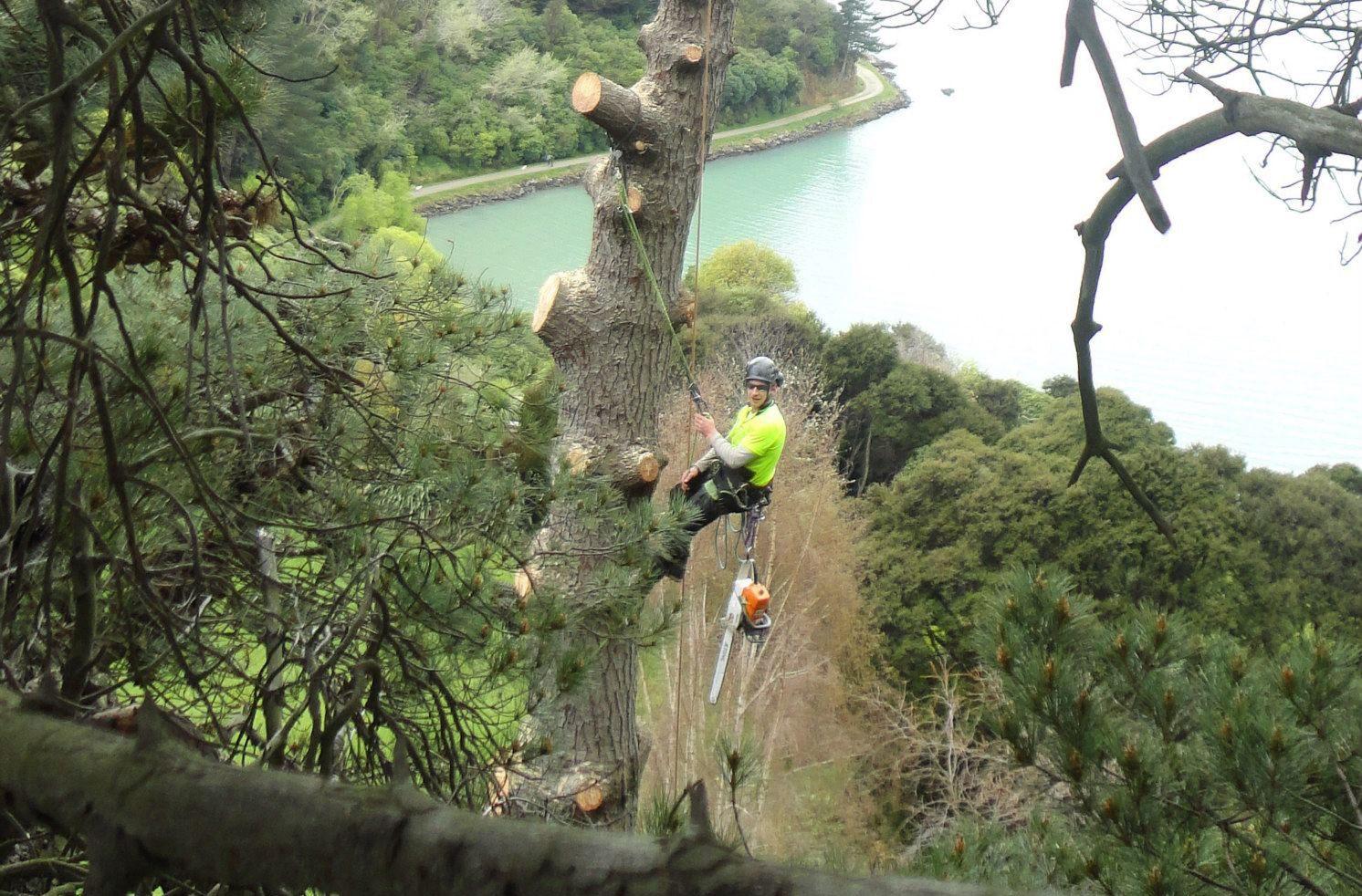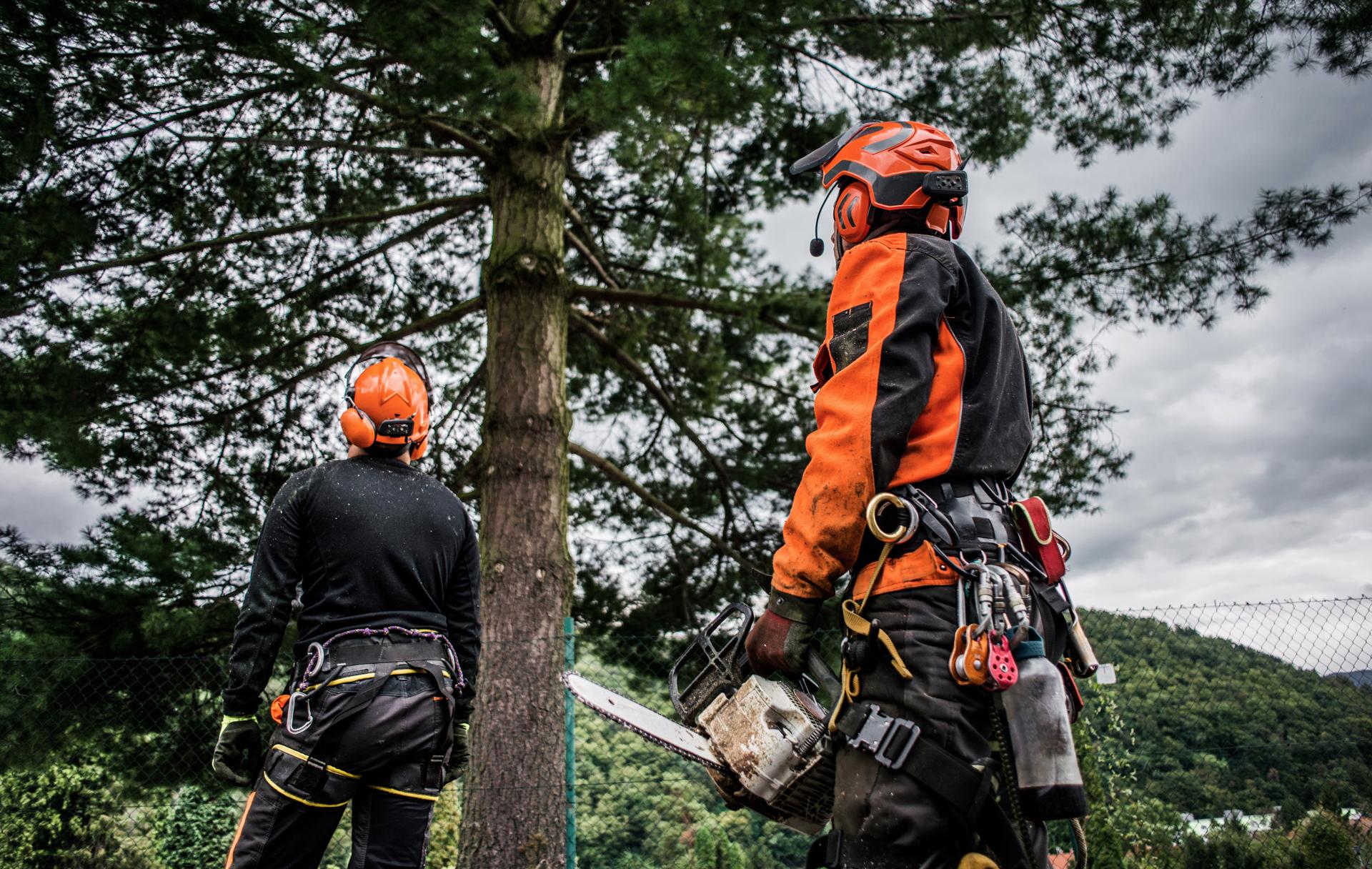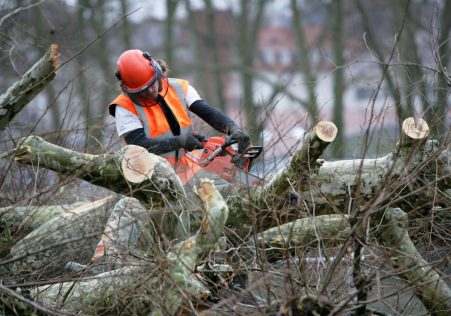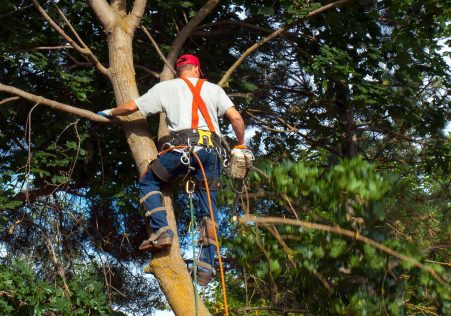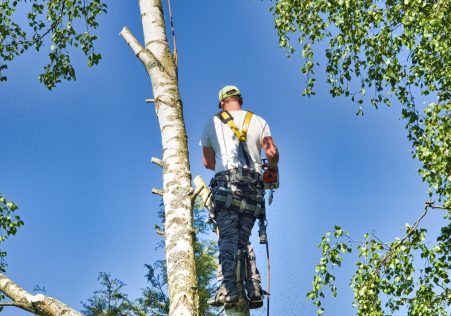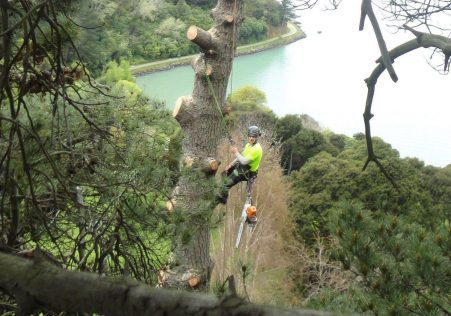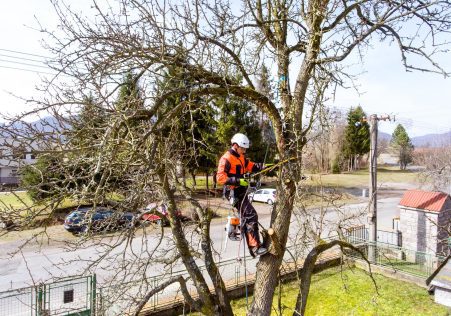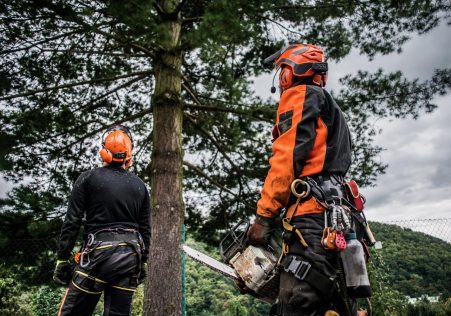A Beginner's Introduction to Understanding Protected Trees
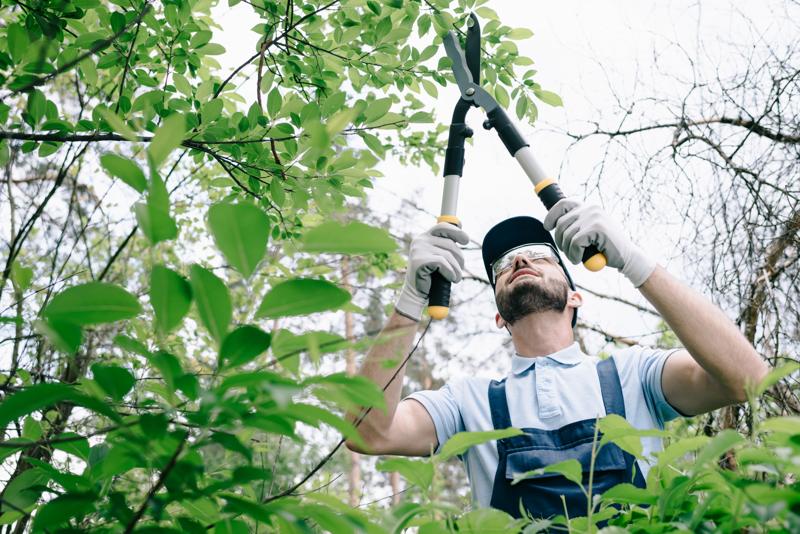
Trees play an essential role in our environment as they provide shade, clean air and aesthetic value our surroundings. However they are not all equal and some carry extra protection status, which makes it illegal to carry out any activity without authorization. If you’re considering having a tree removed it is crucial to be aware of the protection status of the tree being considered and the steps you have to take to comply with the laws. The following article we’ll walk you through the process of discovering whether a tree is safe and exactly what steps you will need be doing to make sure that you are following the law.
What exactly is a tree that is protected?
A protected tree is subject to specific legal restrictions and it is unlawful to do work on a protected tree without having the appropriate permissions. There are two types of protection a tree might have: statutory protection and preservation orders.
Protection under the law
Under statutory protection trees are protected under the law, and they are in the hands of Tree Preservation Orders (TPOs). TPOs are enacted by local authorities to protect trees of significant public value and to ensure that they are not destroyed or damaged.
Preservation orders
Preservation orders are like TPOs in that they are set up by the Secretary of State for the Environment. Preservation orders for trees are considered to have an exceptional value and are protected from any kind of work, including felling.
What can I do to determine if a tree is protected?
To determine whether a tree is protected, you will need to check if it is in the process of being subject to an TPO or preservation or protection order. This can be done by contacting the municipal authority, and asking them to search their archives.
TPO search
To find a TPO You can reach your local Tree and Woodland Officer at your local authority. They will inform you whether the tree is in the protection. They will also be able advise you on the next steps you should take if the tree is in a protected area.
Preservation order search
To search for a preservation order you will need to contact the Secretary of State for the Environment. They will determine if the tree is protected and provide you with the required information and guidelines.
FAQs:
What happens if I carry out work on a tree that is protected without permission?
If you do work on a tree that is protected without the appropriate authorizations, you could be subject to massive fines or even prison.
Can I contest an TPO and/or preservation order?
Yes, you are able to appeal an appeal of a TPO or preservation or TPO if you believe that it is not justified. However, you will need to provide evidence to support your case and show that it is not necessary to appeal the TPO or order to preserve isn’t needed.
Can I cut down a tree that is protected tree?
It is unlawful to take down protected trees without the necessary permissions. If you need the tree to be removed, you will need to apply for permission and provide evidence to support your case.
Conclusion
To conclude, knowing if trees are protected is a crucial aspect in ensuring that tree work is legally completed. Understanding the different kinds of protection, and knowing how to check for them to ensure you’re following the law and protecting the trees that you are responsible for. If you’re unsure of the status of protection for trees, we suggest consulting a reputable tree specialist, such as The Hills Tree Trimming. Our team of experienced arborists will be able to inform you on the protection status of your trees, and will guide you through the necessary steps to ensure you are acting within the legal guidelines. With our expertise and commitment to provide high-quality tree services we will help you keep the beauty and worth that your trees have. Call us now by calling 0480 024 203 to schedule a consultation and let us assist you to keep your trees safe and healthy.

